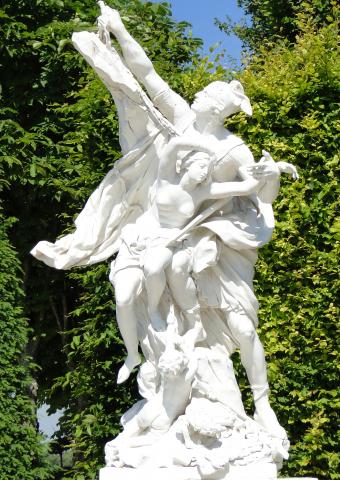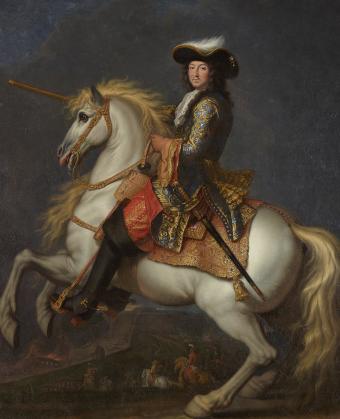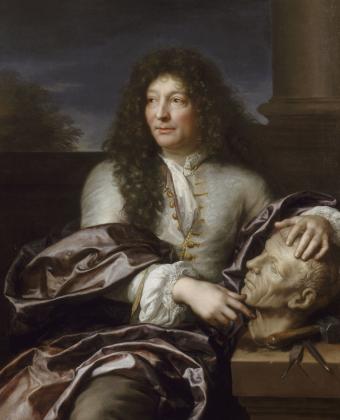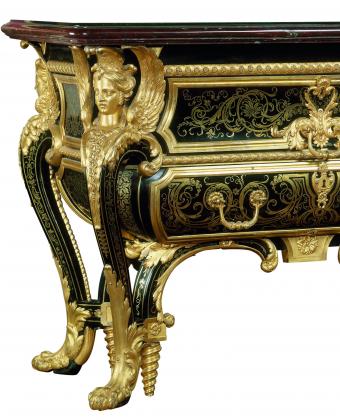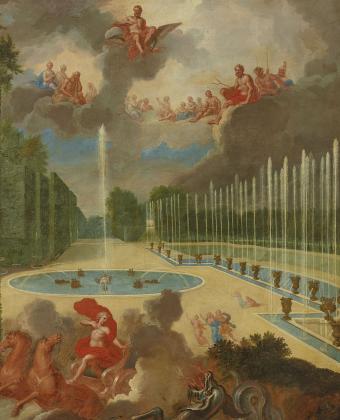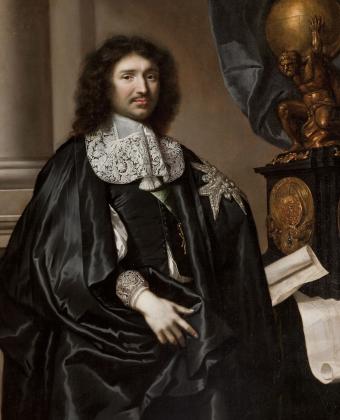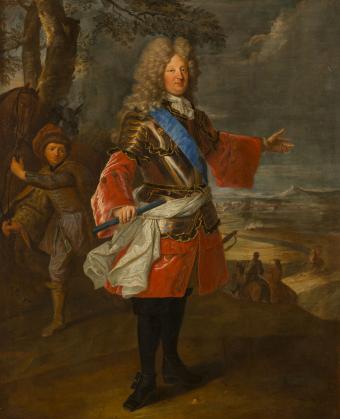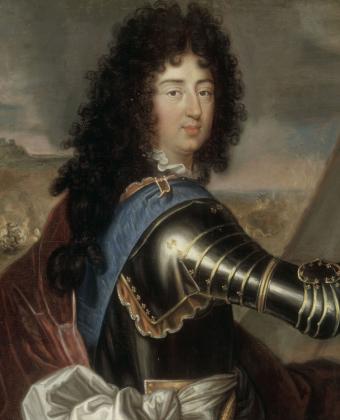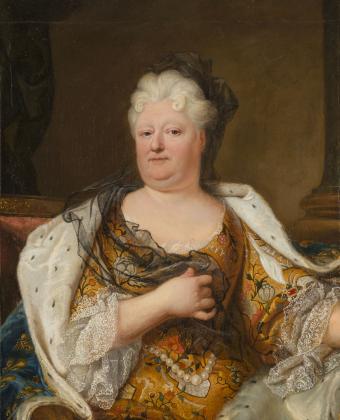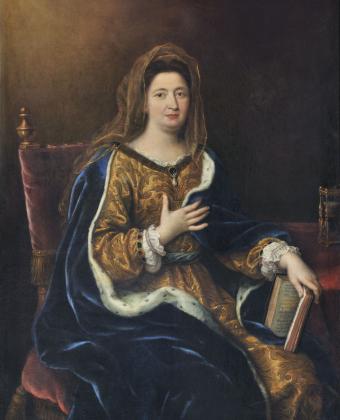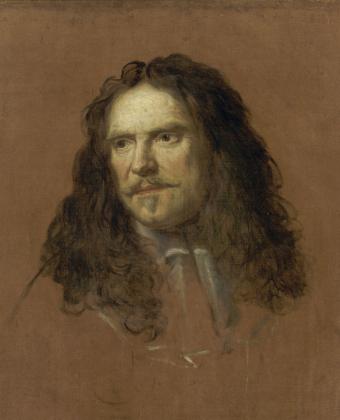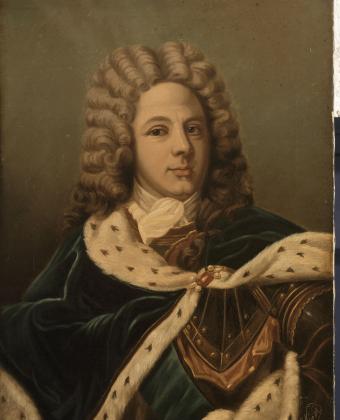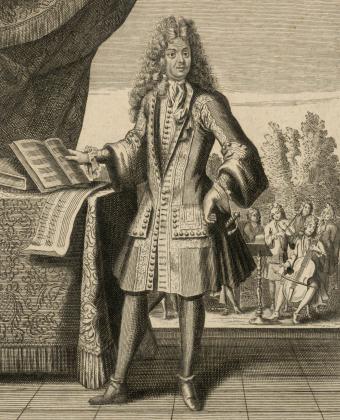For a long time, Puget was kept away from Versailles because of his independent spirit, but in 1670 he received a commission from Colbert for what would become his two most famous works: the groups of Milo of Croton (1670-1682) and Perseus and Andromeda (1675-1684). For the sculptures he used abandoned blocks of marble from the shipyard in Toulon, where he was working on the king’s arsenals. They were delivered in 1683 and 1684 and, after a moment’s hesitation in face of the passion portrayed by the sculptures, King Louis XIV approved the works and afforded them a place of honour in his gardens, on the edge of the Great Lawn. The groups remained in place until the early 19th century, when they were taken to the Louvre for protection.
For a long time, Milo was Puget’s flagship work, and it expresses the full force of the artist’s bold character, a far cry from the academic figures at Versailles at the time. The piece is an emblematic work of French Baroque sculpture. Yet, unusually, it contains hints of the styles of Michelangelo and Bernini.
The twisting body, the realism of the torso and the intensity of pain evidently felt by the figure are fascinating. The group of Perseus and Andromeda are equally audacious, with the same treatment of twisting movement.
Thanks to the support of Louvois, Colbert’s successor, Puget received other commissions for Versailles, including the sculpture of Alexandre and Diogenes (1671-1688). This piece was his greatest relief work, and although it was initially destined for the State Apartments, it was never installed there (it is currently conserved in the Louvre). He also designed a colossal Apollo for the Grand Canal as well as an equestrian statue for the king and two groups on the theme of Apollo. His protector’s death in 1691 meant that he was never able to carry out these projects.
Puget divided his time between Provence in the south of France and Italy, making sculptures whose power of expression was particularly striking, such as the famous Atlantes of the city hall of Toulon. These sculptures came earlier than the Versailles works and clearly reveal the artist’s tormented genius. In the same style, in 1659 he delivered a Hercules and the Lernaean Hydra for the château of the Marquis de Girardin in Vaudreuil in Normandy (Museum of Rouen). Having caught the attention of Fouquet, Puget made for him a more peaceful Gallic Hercules (Louvre), which was recovered by Colbert for his château in Sceaux. Although not quite in keeping with the academic tastes of Versailles, Puget’s boldness and sense of tragedy were appreciated by the king.

